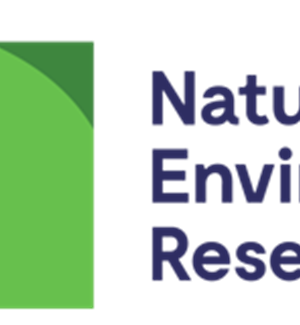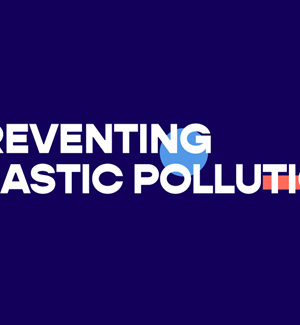- National Oceanography Centre - United Kingdom,
- Heriot-Watt University - United Kingdom,
- The University of Exeter - United Kingdom,
- Rutgers, The State University of New Jersey - United States,
- University of Mons - Belgium,
- Nanyang Technological University - Singapore
The South East (SE) Asian region releases every year into the ocean more than four million tonnes of plastic waste and is facing one of the most important marine plastic pollution crises on our planet, threatening the biodiversity of marine ecosystems, coastal tourism, fisheries and aquaculture, which are vital for the economic growth of the region. Plastics debris are persistent in the marine environment are dominated by the smaller abundant microplastic (MP) particles, that are of increasing concern. The toxicity of marine MPs vary with their abundance, size, shape, chemical properties, and composition of their microbial biofilm. The surface of MP particles, referred to as the plastisphere, serves as a support for the colonisation of microorganisms where they may be protected area with limited predation. Microbial biofilms inhabiting the plastisphere are specific to this habitat and can include both plastic degraders and/or harmful pathogens. MPs are also potential vectors for other toxic contaminants found in coastal environments that could translate into health issues for society and ecosystems. Marine MPs are inherently complex due to the varying composition of compounds, which will determine the specific buoyancy and surface rugosity, which in turn dictates the extent of microbial colonisation and potential for long distance dispersal. To determine the natural biological and photochemical degradability of marine MPs and to quantify the impacts of marine MPs on marine ecosystems, aquaculture and human health, it is essential to use a combination of fieldwork and advanced molecular techniques in the laboratory, and tackle the plastic pollution crisis with this new angle. Our team will conduct a comprehensive investigation of the impact of microplastic particles on microorganisms sampled from different regions in SE Asia, spanning a range of different physical and chemical water typologies. Modelling the transport of MP particles will identify a network of sources and sinks across SE Asia and provide a temporal data on the risks associated with microplastics. We will deploy advanced, state-of-the art techniques to quantify the impact the abundant microplastic particles at different trophic levels from the complex microbial communities inhabiting the surface of MPs, to bivalves and fish. We will identify new microbial degraders, key enzymes involved in biodegradation pathways and understand how sunlight can enhance the (bio)degradability of recalcitrant polymers. The overarching aim of this project is to provide new insights on the biological and photochemical degradability of marine MP, deciphering the role of the plastisphere for degrading marine MPs and disseminating pathogens to human and aquaculture receptors. Our project will deliver an important step forward by offering decision-making tools and guidelines for future coastal policies and regulations in relation to: (i) plastic sustainability, banning the most harmful polymers (ii) photocatalysis and wastewater treatments (iii) bio-recycling of plastics and classification of the most hazardous plastic polymers and (iv) food safety and human exposure risks. Our long-term vision is that our results will benefit the overall economy in SE Asia by providing the necessary knowledge to reduce the volume of marine MPs, which will ultimately lead to healthier coastal tourism, fisheries and aquaculture.
Want to analyze based on this project via our analysis tool? Analyze this project
Knowledge Gaps
Biological processes and biotic interactions with plastic
Degradation
Environmental fate and behavior of plastic
Environmental effects and ecotoxicity
Human toxicity
Publications



